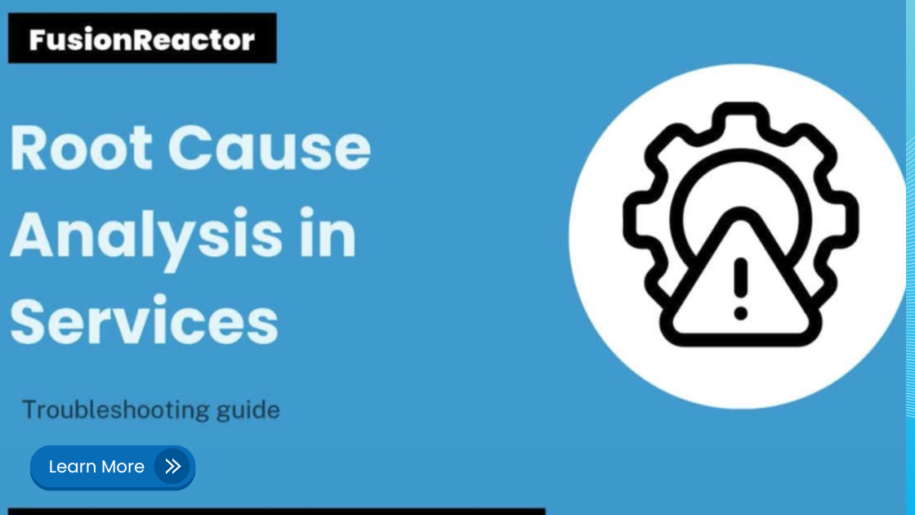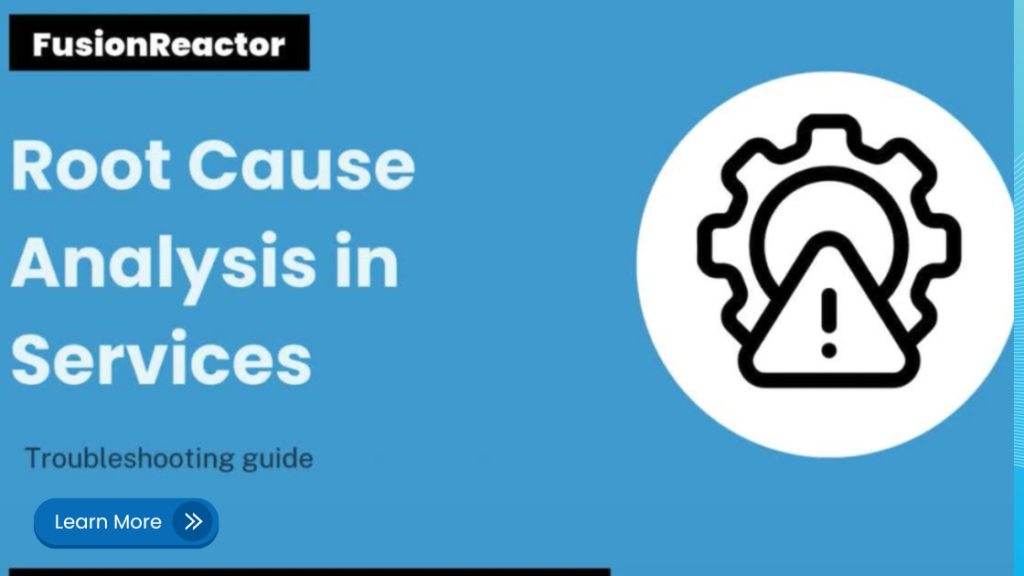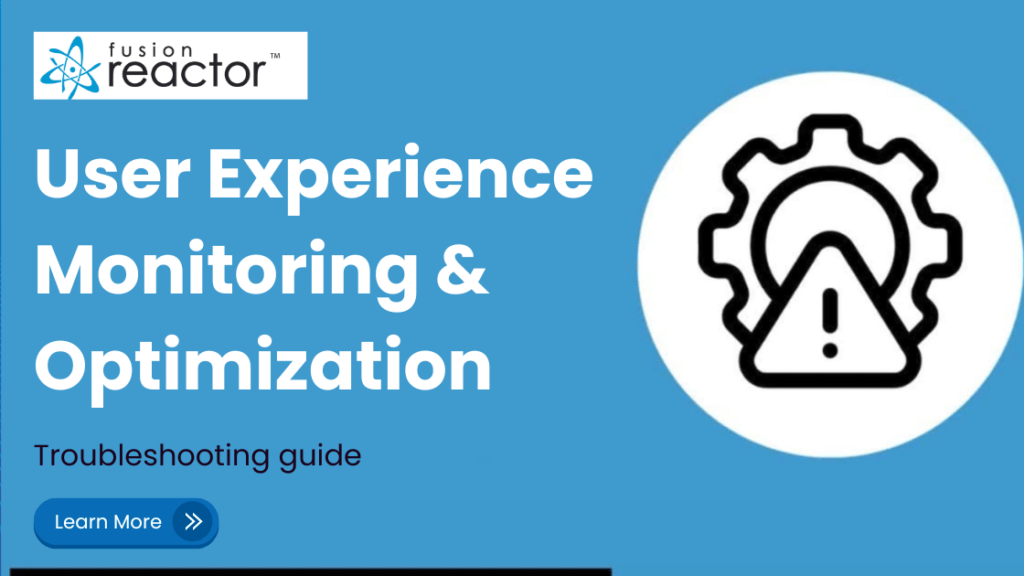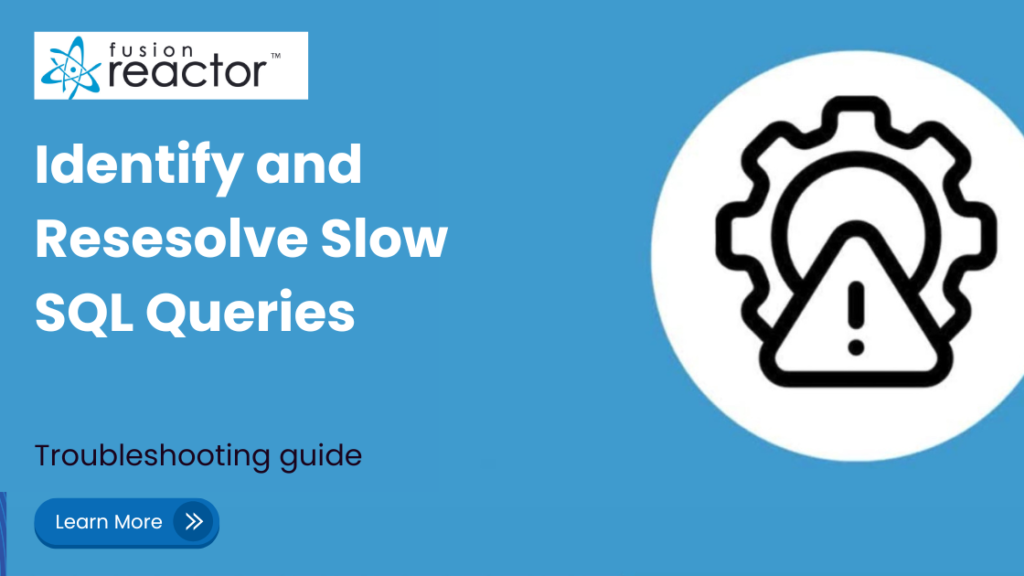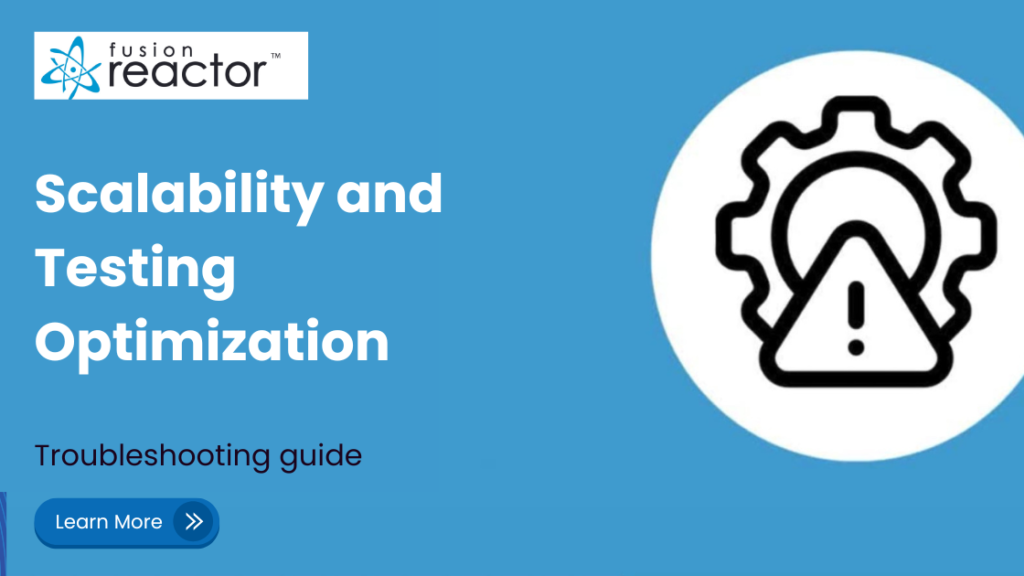Root cause analysis (RCA) in microservices can be challenging due to their distributed nature. FusionReactor provides powerful tools to streamline this process through comprehensive observability features. Here’s how to conduct effective RCA using FusionReactor:
First Steps in Incident Response
- Identify the Issue: Use FusionReactor dashboards to detect performance anomalies or errors. The Web Applications dashboard shows throughput, response time, and error counts by application.
- Gather Initial Data: Examine the affected service’s metrics, including CPU usage, memory consumption, and request latency during the incident timeframe.
- Review Error Logs: Check FusionReactor’s centralized log viewer for error messages and exceptions related to the incident.
Deep Analysis Techniques
Distributed Tracing
- Follow request paths across services to identify where slowdowns or failures occur
- Analyze trace data to understand service dependencies and interaction patterns
- Look for abnormal latency between services indicating network issues or bottlenecks
Database Query Analysis
- Use the JDBC transaction view to identify slow SQL queries
- Filter by duration to focus on the most time-consuming database operations
- Review query execution plans for optimization opportunities
Memory and Resource Analysis
- Check for memory leaks using FusionReactor’s heap analysis tools
- Monitor thread states to detect deadlocks or thread exhaustion
- Review garbage collection metrics for unusual patterns
Correlating Evidence
- Compare metrics, logs, and traces from the same timeframe to establish causal relationships
- Use OpsPilot Assistant to help analyze complex relationships between different telemetry data
- Look for patterns or recurring issues in historical data that might indicate systemic problems
Resolving and Validating
- Implement Changes: Apply fixes based on identified root causes
- Validate Improvements: Monitor the same metrics after implementing changes to confirm resolution
- Set Preventive Measures: Configure alerts for early detection of similar issues
Documentation
Document the incident, including:
- Timeline of events
- Evidence collected from FusionReactor
- Root cause determined
- Resolution steps taken
- Preventive measures implemented
Root cause analysis in services
By leveraging FusionReactor’s full-stack observability capabilities, teams can significantly reduce Mean Time To Resolution (MTTR) and improve service reliability through more effective root cause analysis.

